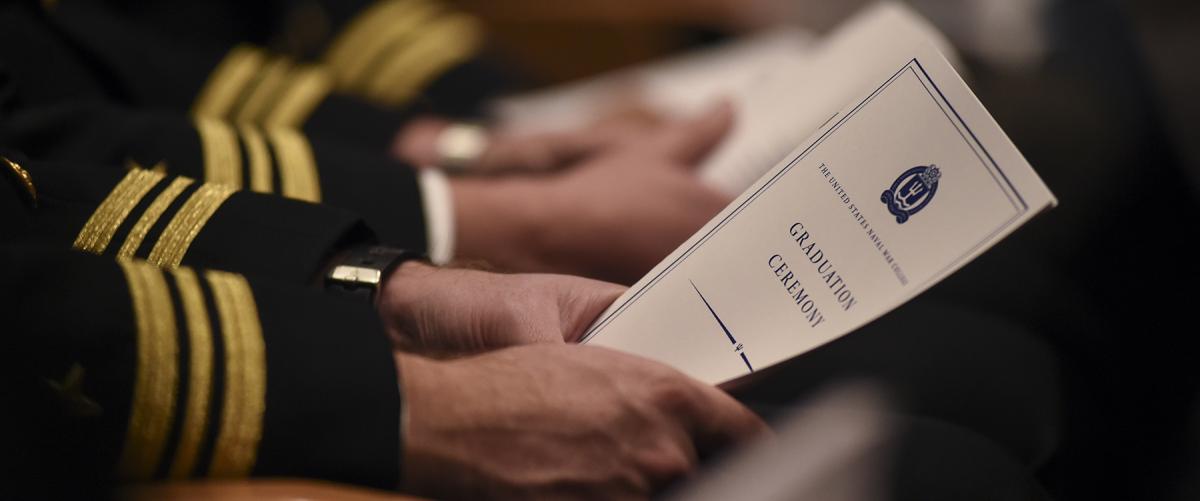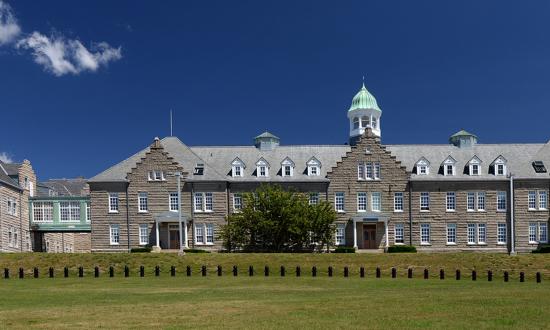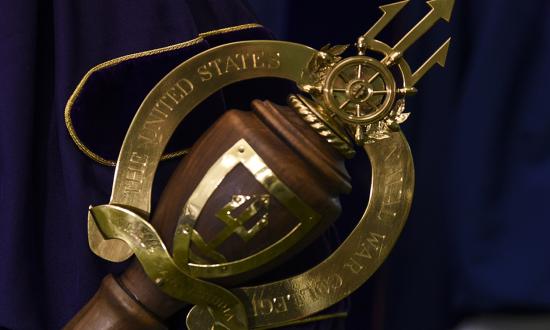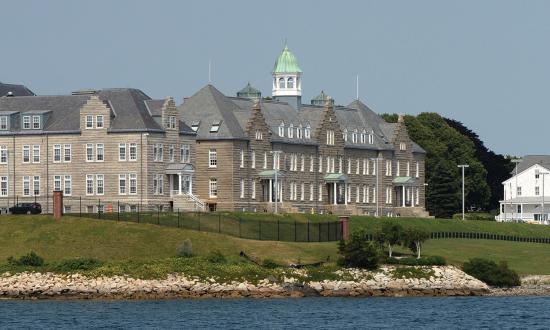Part I considered what professional military education (PME) is meant to do and why Navy PME is falling short. Part II laid out the impediments to change. Now, Part III will make recommendations for change, starting from the widest perspective and working down to specifics within the Naval War College (NWC).
The Industrial Approach
To begin, consider an excerpt from a letter written by retired U.S. Navy Vice Admiral Pete Aurand to historian Robert Cressman on operations in early 1942 in the South Pacific:
Admirals Nimitz and King relieved almost every admiral who was in the Pacific Fleet on December 7th within the first year of the war. Mostly for timidity in action. Halsey is the lone exception that I can think of. This was not because these men were faulty in character. It was because they were products of the Navy peacetime selection system and particularly because of the criteria it used. The chief criterion was a spotless record. It was best met by never doing anything. Although I am impressed by the academic achievements of the flag officers now running the show, I am concerned that their tickets may not be acceptable for admission to the theater of combat success. If I were King, I would insist on the best and the brightest, but at least a few would be Doctors of Operations Analysis. The best teacher is combat itself, but we don’t want that. The next best way to learn how to be a grand tactician is the study of combat operations using the theory of games, decision theory and the like. In the next one, we may not have time to develop combat leaders with a year of trial and error.
Interestingly, even successful wartime leaders such as Ernest King, Chester Nimitz, William Halsey, and Raymond Spruance spent time at the NWC in the1920s and 30s.
The problem was sorting out who would rise to the occasion of actual warfare. Aurand implies there was a pool of officers available to replace for those flag officers who did not measure up. Moreover, he suggests those officers were equipped to learn from their initial experiences in the crucible of combat.
Admiral Aurand’s letter indicates two things. First, there should be an intimate relationship between PME and the selection process for officers. Second, it is difficult to predict which officers will be successful in combat and in the wider arena of warfare. However, the performance of World War II Navy admirals overall indicates that the PME they received helped them adapt to the crucible of war. To be sure, most of those officers had also participated in one or more fleet experiments and had that experience to reflect on. Aurand also implies there is no template for combat leadership; combat leadership capability is, by and large, unique to each individual, and it emerges through various experiences. Thus, it cannot be manufactured like aircraft or tanks through an assembly line of courses and assignments.
Yet, this is precisely what the Navy tries to do today.
Educational Structure
So, what is the alternative to an industrial approach to professional military education? Instead of discussion and argumentation-based seminars, students should be provided with a wide scope for concocting solutions to problems in a competitive environment—i.e., wargaming. Currently, the only game the NWC students participate in is more of a one-sided planning exercise that lets students apply concepts and reinforce information learned in seminar, especially joint procedures and doctrine. Instead, the NWC needs a series of two-sided, multiple-move games in which students must use their wits, not apply doctrine, to win. Multiple games are needed to provide an adequate experience base for subsequent reflection.
In addition to or perhaps in conjunction with gaming, students should be required to conduct research into some professional issue—not to produce a paper but rather to chase an issue to ground and perhaps offer a solution. Unlike civilian graduate courses that seek to hone the academic skills of future instructors, military PME should be structured to promote warfare-focused intellectual skills.
Fleet-Level Tactics
Before addressing solutions, a wider institutional problem in the Navy must be noted: the lack of a fleet-level tactics development venue. The Navy does run large scale exercises (LSEs), which provide battle problems for many units via networking. However, their focus is on training and mastery of existing tactics and doctrine. Using live, virtual, and constructive (LVC) forces, they do not yet involve coherent experimentation with feedback and repeats. The Navy is stretched thin maintaining a global deployment posture with a force half the size of that which patrolled the rim of Eurasia in the 1980s, so there is virtually no room for the kind of fleet experimentation that occurred in the 1920s and 30s. The yearly Global Games at the NWC since 2008 have been focused on specific issues of interest instead of holistic explorations of a future fleet design.
Curriculum Changes
It is now time to propose a specific solution. The intermediate-level course, the College of Naval Command and Staff, should be converted to a year-long, classified, technical, warfighting course. The current curriculum remains necessary for credentialing purposes but should be moved entirely to distance learning. Given current enrollment numbers, this would constitute about a six percent increase in distance student enrollment. The senior course, the College of Naval Warfare, would remain much as it is, though some senior students should be given the opportunity to participate in the intermediate course games.
The College already has a rough template for a new intermediate course in the form of the Halsey Groups; optional advanced research opportunities that small groups of students can take as an elective for two of the three trimesters and full-time in place of one core course trimester. Halsey Group graduates are highly knowledgeable of the combat systems of both the United States and its potential enemies and have engaged in multiple two-sided games as well as in-depth research that supports move generation and move assessment. An intermediate course based on such an approach could turn out more than a hundred such officers each year instead of the dozen or so the Halsey Groups currently produce.
Provision must be made for international students since they cannot participate in a highly classified warfighting course. Seminars based on the current curriculum must be retained with one or two U.S. students for proper representation. Students from the Marines, Army, and Air Force would be welcome in the classified course if their services chose to send them. The opportunity to engage in a rigorous, classified, and year-long, multidomain warfighting course would attract many officers from all branches.
Looking to the Future
When the Naval War College was founded in 1884, the Navy did not know how to assemble or operate a fleet composed of steel, steam-powered warships. After World War I, the Navy did not know how to integrate aviation into naval operations. In both cases, the Naval War College helped the Navy learn through its students. By changing the Naval War College command and staff curriculum to a year-long, classified, gaming and research-based warfighting course, the Navy will learn how to fight coherently at the fleet level, in a multidomain environment, adapt to the new technological and geopolitical conditions and prepare officers to lead in those conditions.






